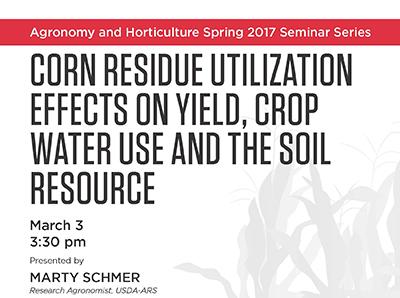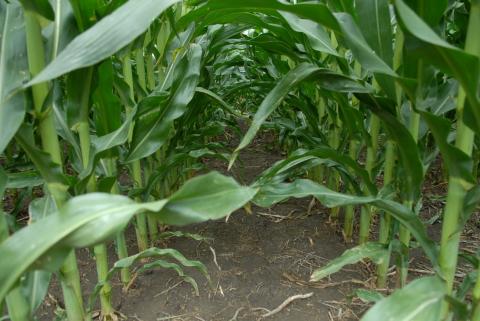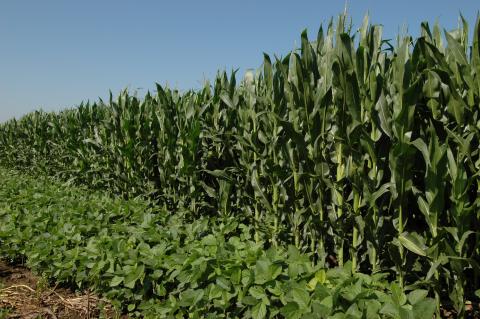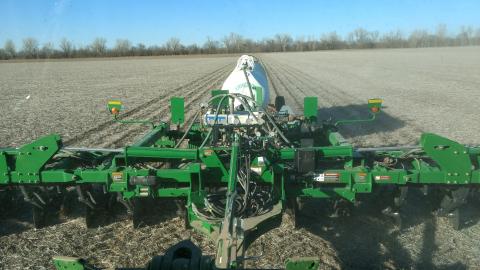Agronomy Seminar: Corn Residue Utilization Effects
February 27, 2017
The effects of corn residue utilization on yield, crop water use, and the soil resource will be the focus of a seminar Friday, March 3, in Lincoln. Marty Schmer, research agronomist with the USDA Agricultural Research Service, will present the program hosted by the University of Nebraska-Lincoln Department of Agronomy and Horticulture.
New Corn Herbicides for 2017
February 24, 2017
Information on new herbicides for corn that will be available for the 2017 crop production season.
Update on Bacterial Leaf Streak of Corn in Nebraska
February 23, 2017
Bacterial leaf streak was first confirmed in the US in August 2016 when it was identified in Nebraska corn. It has now been confirmed in 51 Nebraska counties and found in corn fields across the Midwest. This article offers information on current status, identification, and management of the disease. Resistance is not currently available in hybrids and standard management measures of bacterial diseases will help mitigate but not eliminate damage.
Rotation Impact on Irrigated Corn and Soybean Yields in Nebraska
February 23, 2017
On most Nebraska rainfed farms, soybean and corn are usually rotated. On irrigated fields, however, the rotation sequence tends to shift to more years of corn between soybean, and in some cases, corn is grown continuously, year-after-year.
Cutting Costs Without Hurting Yields? Check Fertilizer N Rates in Corn after Alfalfa
February 22, 2017
With tight crop margins for the 2017 growing season, many farmers are looking for ways to cut input costs without hurting yields. One way to do this is by giving the appropriate nitrogen credit when calculating how much N to apply to corn grown after a prior alfalfa crop.
A Short Introduction to the Distillers’ Dried Grains Export Market
February 15, 2017
Vanessa DeOliveira, Masters student, Department of Agricultural Economics
Kate Brooks, assistant professor, Department of Agricultural Economics
Lia Nogueira, assistant professor, Department of Agricultural Economics
Considering Non-Bt Traited Corn in 2017? Plan for More Scouting
February 8, 2017
If you're considering planting non-Bt corn this year, entomologists urge you to plan for the additional pest management practices (and associated costs) you may need to adopt, given this decision.

Youth Corn Challenge Offers Real-World Experience, Rewards
January 24, 2017
Winners of the 2016 Nebraska Innovative Corn Challenge for Youth were recently announced and the top prize went to the Kornhusker Kids 4-H Club of Cuming County. Challenge participants learned valuable lessons in production ag, research, teamwork, and problem-solving while competing for cash prizes made possible by the Nebraska Corn Board.






